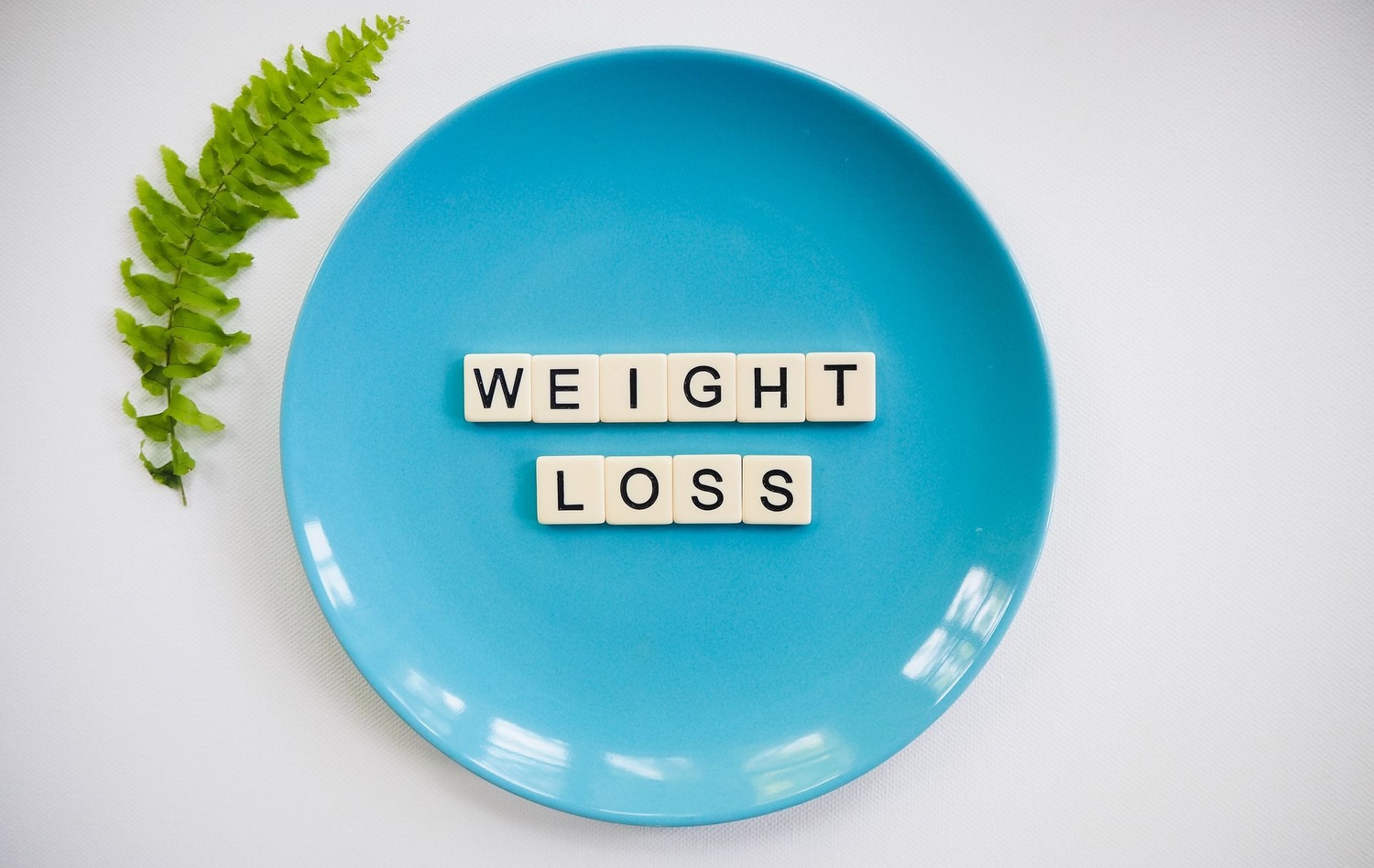
Introduction
Obesity is a growing health problem in the United States and around the world. It’s no secret that obesity is linked with a wide variety of chronic health conditions, including type 2 diabetes, heart disease, and some forms of cancer. So what can you do to lose weight and improve your health?
There are countless weight loss programs out there, but many of them offer little more than fad diets and strenuous workouts. In this article, we’re going to tell you about a program that uses AI to help you healthily lose weight.


What is Weight Loss?
Weight loss is the process of reducing the total body weight by a set amount. It can be achieved through a combination of diet and exercise.
Diets can be broken down into two categories: healthy and unhealthy. Unhealthy diets often include high amounts of calories from saturated and unhealthy fats, as well as processed foods and beverages. Healthy diets are more balanced in terms of calories and include more fruits, vegetables, lean proteins, and whole grains.
Exercise can also help with weight loss. Exercise can help to burn calories and increase the feeling of energy. It can also improve your mood and mental health.
Different Types of Weight Loss Diets
There are many different types of weight loss diets out there, and it can be hard to know which one is right for you. In this blog post, we will discuss the different types of weight loss diets and what they offer.
The first type of weight loss diet is the low-carbohydrate, high-fat (LCHF) diet. LCHF diets are designed to help you lose weight by reducing your carbohydrate intake and increasing your intake of healthy fats. On LCHF diets, you should aim to consume 50–60% of your calories from fat. This means that you should avoid foods that are high in carbohydrates, such as bread, pasta, grains, and sugar. Instead, you should focus on foods that are high in fat, such as avocados, nuts, and olive oil.
Another type of weight loss diet is the low-calorie diet. Low-calorie diets are designed to help you lose weight by restricting your calorie intake. On a low-calorie diet, you should aim to consume around 1,500 to 2,000 calories per day. This means that you should avoid foods that are high in calories, such as bread, pasta, and grains.
Beginner's Guide to Weight Loss
Weight loss can seem like a daunting task, but by following a few simple tips, you can make the process much easier. Here are four tips for weight loss beginners:
1. Begin with small steps. If you’re starting from scratch, it can be hard to see any progress at first. Make small changes that you can see and feel, and over time you will see bigger results.
2. Stay positive. When you’re starting, it can be hard not to get discouraged. But remember that every little bit helps. Keep your morale high and don’t give up on your weight loss goals.
3. Do something nice for yourself. After you’ve made some gradual progress, take the time to celebrate your accomplishments. This will help keep you motivated, and it will also help satisfy your cravings for unhealthy food and snacks.
4. Don’t be afraid to ask for help. If all of this sounds too difficult, don’t hesitate to reach out for help from friends or family members who are more knowledgeable about healthy eating habits.
Not Medical Advice! Seek Professional Help!

